Enhancing Product Tracking with Hologram and QR Codes
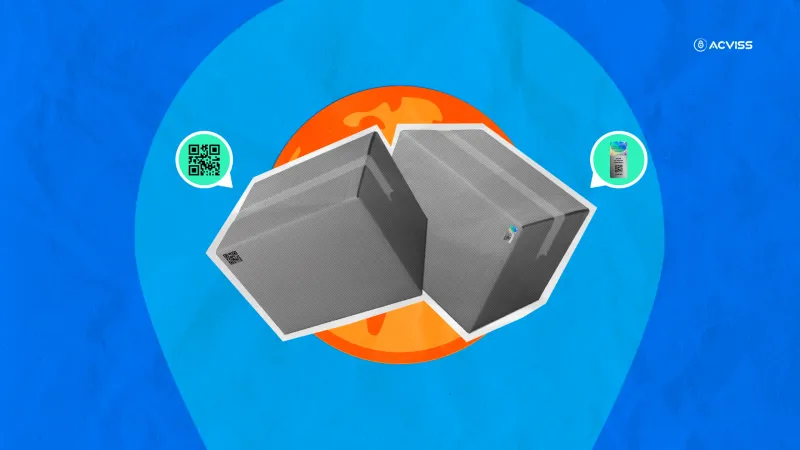
In today’s fast-paced, interconnected world, ensuring the authenticity and traceability of products is more crucial than ever. With counterfeiting on the rise, businesses need robust solutions to protect their products and brand integrity. This is where the combination of hologram labels and QR codes comes into play. These innovative technologies work hand-in-hand to provide an unparalleled level of security and traceability. So, how exactly do they enhance product tracking? Let’s dive in.
Importance of Product Tracking
Product tracking is vital for several reasons. It ensures that goods move smoothly through the supply chain, helps in recalling faulty products efficiently, and, most importantly, combats counterfeiting. With accurate product tracking, companies can maintain consumer trust and uphold the integrity of their brand.
An Overview of Security Labels with QR Codes
What Are Security Labels?
Security labels are specialized stickers or tags affixed to products to prevent tampering, counterfeiting, and unauthorized access. They come in various forms, including tamper-evident labels, holographic stickers, and more. These labels serve as a first line of defence against fraudulent activities.
Understanding QR Codes
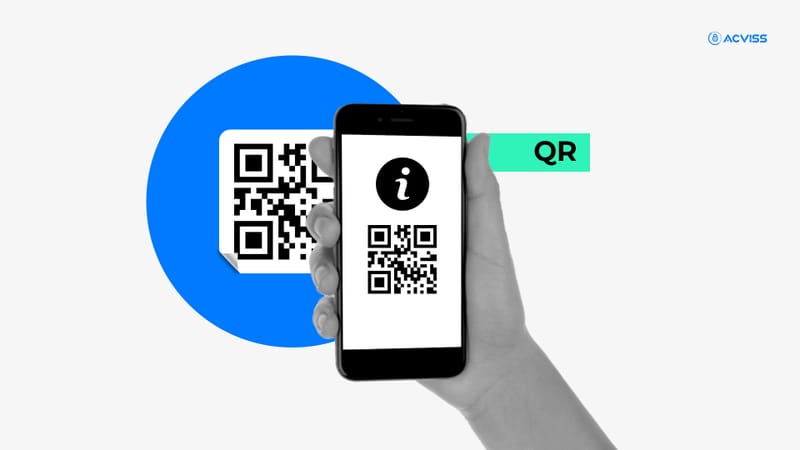
QR codes, short for Quick Response codes, are two-dimensional barcodes that store information in a machine-readable format. They have become ubiquitous due to their ability to hold a significant amount of data and be easily scanned by smartphones.
How QR Codes Work
QR codes consist of black squares arranged on a white background, which can be scanned by a camera to retrieve information. This information can range from URLs to product details, making them incredibly versatile.
Types of QR Codes
There are static QR codes, which have fixed information, and dynamic QR codes, which can be updated as needed. Dynamic QR codes are particularly useful for businesses as they allow for more flexible and dynamic tracking solutions.
Hologram Labels: Adding an Extra Layer of Security
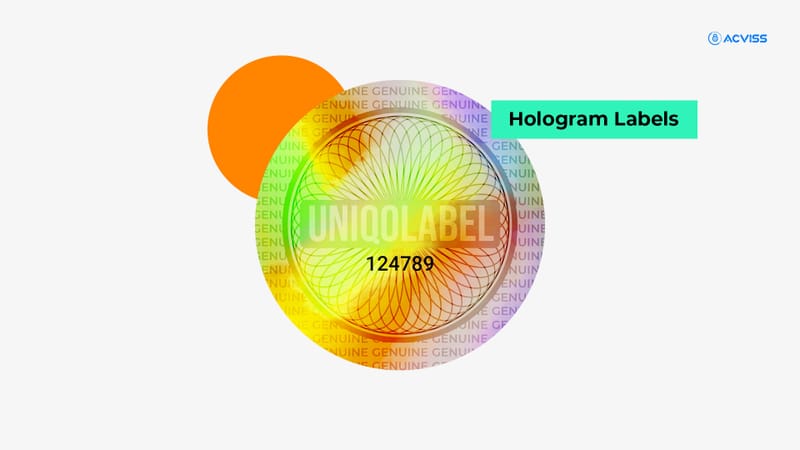
What Are Hologram Labels?
Hologram labels are three-dimensional images formed by the interference of light beams. These labels are hard to replicate, making them an excellent tool for ensuring product authenticity.
The Benefits of Hologram Labels
Hologram labels offer multiple benefits. They are highly resistant to forgery, provide a visual means of verification, and can be integrated with other security features like QR codes for enhanced protection.
Integrating QR Codes with Hologram Labels
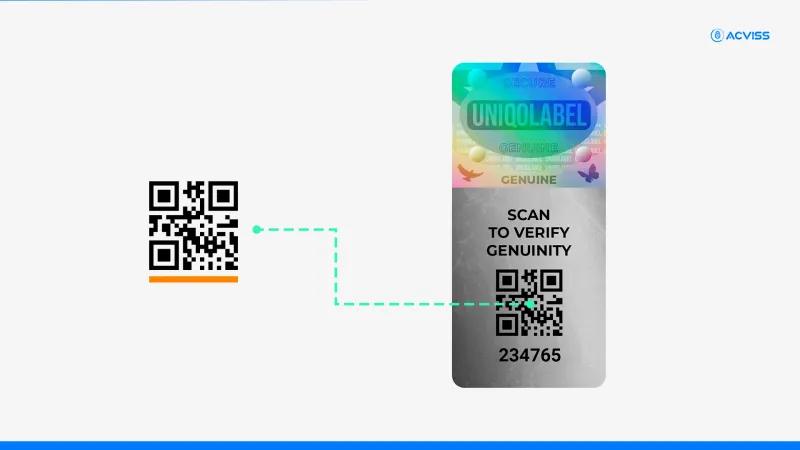
How Integration Enhances Security
Combining QR codes with hologram labels creates a robust security system. The hologram provides a visual deterrent against tampering, while the QR code allows for digital verification and tracking. This dual-layer security is much harder for counterfeiters to bypass.
Real-World Applications
Industries such as pharmaceuticals, electronics, and luxury goods have adopted these integrated solutions to great effect. For instance, in the pharmaceutical industry, ensuring the authenticity of medicines is critical to patient safety. Hologram labels with QR codes help verify the origin and integrity of these products.
Product Traceability Using Labels
Steps to Implement Product Traceability
Implementing product traceability involves several steps:
- Labeling Products: Attach security labels with QR codes at the manufacturing stage.
- Data Logging: Scan and log data at each stage of the supply chain.
- Verification: Allow end-users to verify product authenticity by scanning the QR code.
- Monitoring: Use a centralized system to monitor and analyze the data for any irregularities.
The Role of QR Codes in Traceability
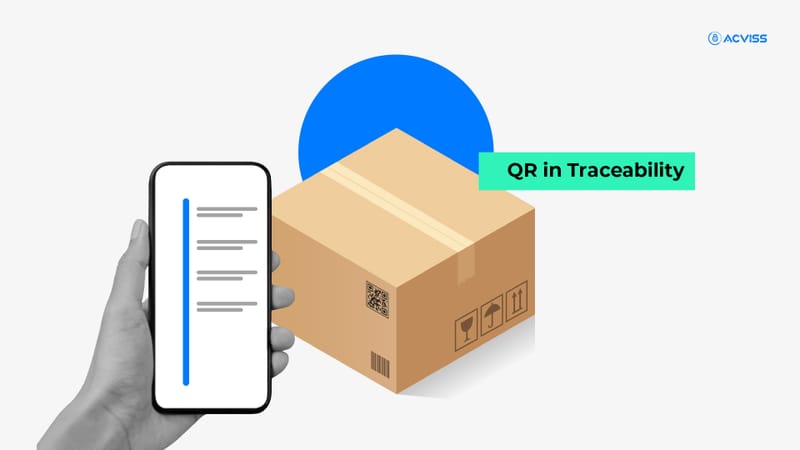
QR codes play a crucial role in product traceability by enabling easy access to product information. When a QR code is scanned, it can provide details about the product's origin, manufacturing date, and supply chain journey.
Tracking Products from Manufacture to Consumer
From the moment a product is manufactured to when it reaches the consumer, QR codes help track its journey. This comprehensive tracking ensures that any issues can be identified and addressed quickly.
Future Trends in Product Tracking and Security
Innovations in QR Code Technology
As technology advances, QR codes are becoming even more sophisticated. We’re seeing the development of QR codes with enhanced data capacity, better error correction, and more robust encryption.
Advances in Hologram Technology
Hologram technology is also evolving, with innovations like colour-shifting holograms and nano-holograms offering even higher levels of security. These innovations make it incredibly difficult for counterfeiters to work on.
Combining IoT with Labeling Technologies
The Internet of Things (IoT) is revolutionizing product tracking. By integrating IoT with hologram and QR code technologies, companies can create a highly interconnected and intelligent tracking system that provides real-time data and analytics.
Powerful Tool for the Future
Combining hologram labels and QR codes is a powerful tool in the fight against counterfeiting and for ensuring product traceability. As these technologies continue to advance, they will offer even more robust solutions for businesses looking to protect their products and brand integrity. Stay ahead of the curve and implement these technologies to ensure their products are safe, authentic and easily traceable from manufacturer to consumer.
Get in Touch with Our Experts Today
FAQs
1: How do QR codes improve product security?
QR codes improve product security by providing a digital means of verifying product authenticity. When combined with hologram labels, they create a dual-layer security system that is hard to replicate.
2: What industries benefit most from hologram and QR code integration?
Industries such as pharmaceuticals, electronics, and luxury goods benefit the most from integrating hologram and QR code technologies due to their high vulnerability to counterfeiting.
3: Can QR codes be easily counterfeited?
While QR codes alone can be counterfeited, combining them with hologram labels makes it significantly harder for counterfeiters to replicate the security features.
4: How can small businesses implement these technologies cost-effectively?
Small businesses can start by using static QR codes and basic hologram labels. As they grow, they can invest in more sophisticated dynamic QR codes and advanced hologram technologies.
Discover How Acviss is Crushing the Counterfeit Market
5: What is the future of product tracking technologies?
The future of product tracking technologies lies in the integration of IoT, advanced QR code capabilities, and next-generation hologram technologies, providing more robust and intelligent tracking solutions.